Archive View
Grid View
List View
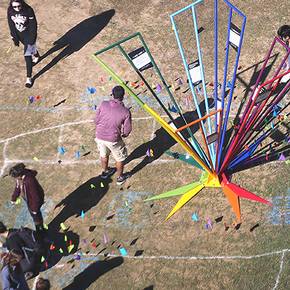
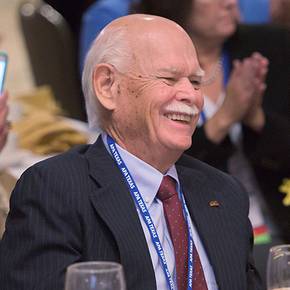
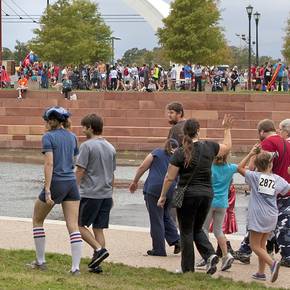

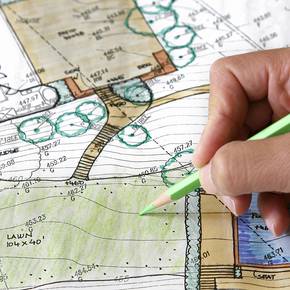

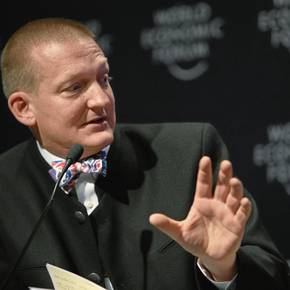


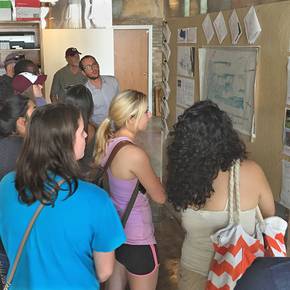
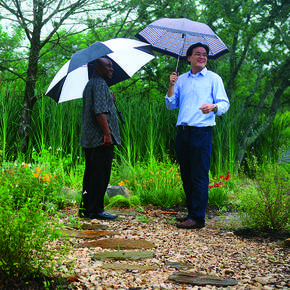


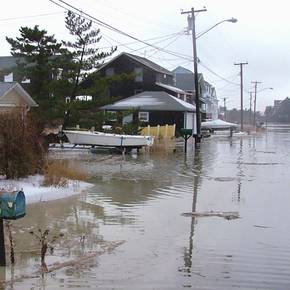

landscape architecture & urban planning

Public helps create topographic maps of emotions
posted
November 12, 2015
As part of GIS Day at Texas A&M, the public helped artists, geographers and urban planners map some of the less tangible features of the Bryan/College Station landscape as they work to create a geospatial record of the region’s emotional topography.

Former prof, faculty, students honored at planning confab
posted
November 6, 2015
For extraordinary contributions to urban planning practice and education spanning decades, David Pugh, associate professor emeritus, received a Legends Award from the Texas Chapter of the American Planning Association.

Built environment’s effect on health is subject of research
posted
October 8, 2015
Can moving to an activity-friendly neighborhood enhance the health of previously sedentary residents? That’s one of many questions at the intersection of public health and the built environment to be considered by researchers in a $2.7 million active living study.

Symposium keynote featured jobsite research findings
posted
October 5, 2015
Keynote speakers at the Texas A&M College of Architecture’s 17th annual faculty research symposium showed how visualization and communication tools can address problems at construction jobsites.

LAF landscape design initiatives earn national awards
posted
October 5, 2015
As a vice president at the Landscape Architecture Foundation, Forster Ndubisi, head of the Department of Landscape Architecture and Urban Planning, guided development of two award-winning initiatives aimed at enhancing the quality of designed landscapes.

Water cleansing project, planning book earn honors
posted
September 29, 2015
A master plan created by Texas A&M graduate landscape architecture students that showcases “green” methods to cleanse storm water runoff and a ecological design and planning book compiled by the LAUP department head, earned 2015 Texas ASLA awards.

2015 Rowlett lecturer championed shaping the future by design
posted
September 29, 2015
Futurist, architect and structural engineer Chris Luebkeman, director of Arup's Global Foresight, Research and Innovation team, presented "Designing on a Social Conscience" 2015 Rowlett Lecture at the Annenberg Presidential Conference Center.

Bike transportation equity measured by new planning tool
posted
September 22, 2015
Municipal planners can use a tool developed by a Texas A&M urban planning student to determine if the location of current or planned bicycle lanes in their community enhance the mobility of residents who may not have ready access to automobiles.

College spotlighted faculty research at annual symposium
posted
September 10, 2015
The Texas A&M College of Architecture’s 17th annual faculty research symposium, “Natural, Built, Virtual,” took place Oct. 19, 2015 at the Langford Architecture Center on the Texas A&M College Station campus.
Undergraduates sharpen research skills in program
posted
August 31, 2015
Undergraduate students interested in careers as planning or sociology researchers sharpened their research skills in summer 2015 with help from Texas A&M faculty during a 6-week Research Experience for Undergraduates program.

Student projects in Schob preserve receive LAUP funds
posted
August 31, 2015
Three student projects, each conducted with funding from a Texas A&M Department of Landscape Architecture and Urban Planning minigrant program, are scheduled to take place this fall in the Schob Nature Preserve, a “living” 7-acre classroom in College Station.

LAUP prof earns awards, director’s spot in global group
posted
August 31, 2015
A body of research exploring the relationship between landscape patterns and health earned Jun-Hyun Kim, an assistant professor of landscape architecture at Texas A&M, a prestigious award from a global educators’ group.

Students grow eight varities of vegetables on Langford A roof
posted
August 24, 2015
Students successfully grew eight varieties of vegetables on the roof of Texas A&M’s Langford A building during the 2014-15 academic year, advancing findings in an ongoing green roof research project led by Bruce Dvorak, associate professor of landscape architecture.

Planning prof leads Dutch, U.S. coastal flooding study
posted
August 24, 2015
Interdisciplinary groups of faculty and students in five U.S. universities will pair with counterparts in The Netherlands in a research project led by Sam Brody, professor of urban planning, to determine how to reduce the impact of coastal flooding.

Li begins term as head of global LAND education group
posted
July 13, 2015
At a speech marking the beginning of his term as the elected president of a global landscape architecture educators’ group, Ming-Han Li, professor of landscape architecture at Texas A&M, underlined the importance of mentoring in education.
Follow Us
Facebook Twitter Vimeo Youtube Flickr RSS
Recent Posts

Planning prof heads study of disaster housing aid
June 12, 2020

A message from the dean
June 2, 2020

Former student remembered as expert planner
April 16, 2020

Leading educator named new head of Architecture Dept.
April 1, 2020

COVID-19 tests given in student-built clinic
March 30, 2020



_thumbnail_small.png)
